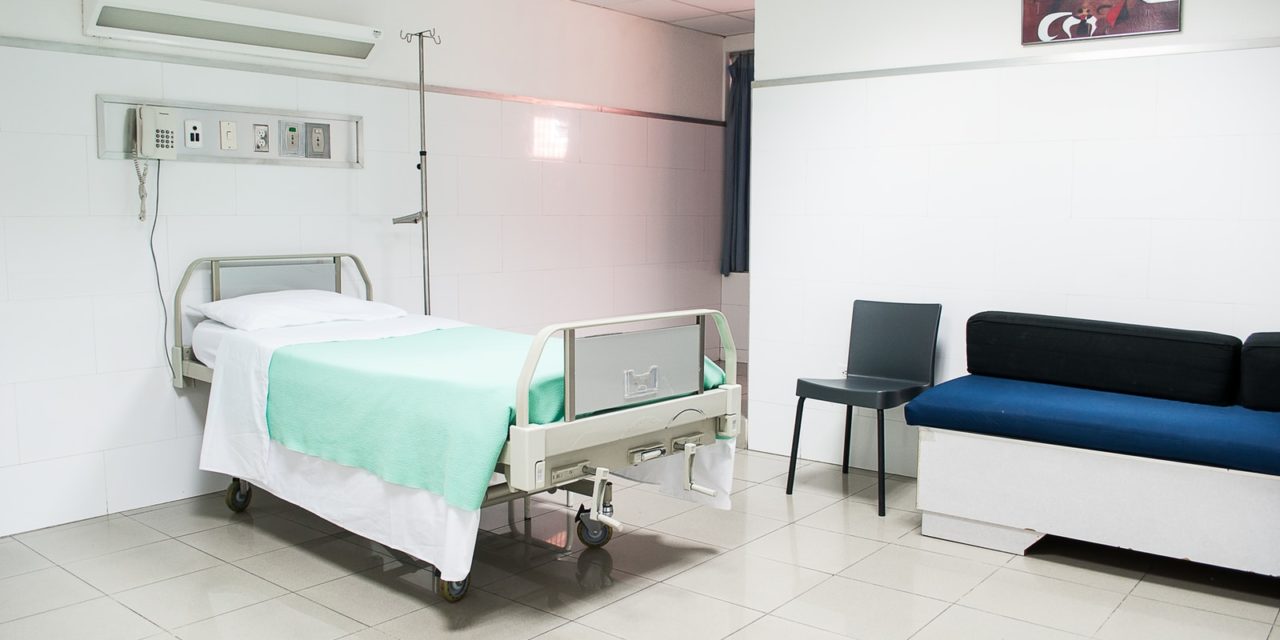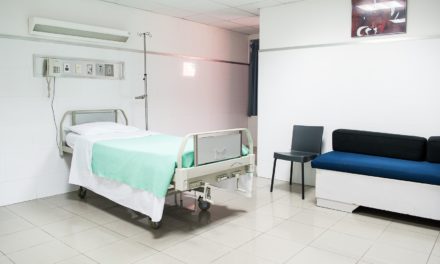Hospitalization can be stressful. You don’t want to make it worse. You are at greater risk of developing a deadly bloodclot if your hospital stays are prolonged, especially if you have had surgery or are recovering from a serious illness.
About 900,000 Americans are affected by blood clots each year. Half of all blood-clots occur in hospitals or within three months after surgery or a hospital stay.
Although many blood clots can be avoided during and after hospitalization, less than half of patients are provided with proper prevention. The National Blood Clot Alliance and the Centers for Disease Control and Prevention recommend that you have a blood clot prevention planWhen you are heading to the hospital.
Your Blood Clot Prevention Plan
These steps can help prevent blood from clotting:
* Before entering the hospital, discuss all of your risk factors with your doctor, including your personal and family history of blood clots.
* Ask if you will need prevention measures for blood clots while in the hospital.
* Before leaving the hospital, ask your doctor what to do at home to prevent blood clots.
* Ask about the signs and symptoms of a blood clot and what to do if you experience them.
Signs and symptoms of a bloodclot
Most blood clots are found in the legs and arms.
* Swelling
* Pain or tenderness
* Skin that may be warm to the touch, red or discolored
Blood clots that form in your legs, arms or chest can spread to your lungs and cause serious complications. Blood clots in the lungs can cause:
* Difficulty breathing
* Chest pain that worsens with a deep breath
* Coughing up blood
* Faster than normal or irregular heartbeat
Follow all instructions when you are released from the hospital. Take your medications as directed. Move around as much as you can. If you feel confined or unable to move, ask someone you know to help you get up. If you have any symptoms, seek immediate medical attention.
For more information, please visit www.stoptheclot.org/spreadtheword.
The pace of life today is rapid. People can check their kids’ soccer scores on the phone, while also sending emails to work with the help of digital technology. With the advent of the Internet, consumers can expect the same conveniences from all services and businesses except their insurance companies. For many people struggling to pay their medical bills, this can seem like a long wait, even though 98 percent of claims for health insurance are processed in 30 days.
With almost two-thirds American households earning less than 2002, being insured is not enough. It is vital to understand how fast your insurance company pays claims and how they process them. This is critical for both financial recovery and physical recovery.
Recent research found that 66% would not be able to adjust to the high financial cost of serious illnesses or injuries. Only 49% have enough money to cover out-of pocket expenses. Additionally, rising healthcare costs are forcing employers into cost-saving measures that are putting employees under greater financial pressure.
* Increasing employees’ health care insurance copayments.
* Increasing employees’ share of premium.
* Implementing high-deductible health plans with health savings accounts.
Some people might have to wait as long as a month to receive their insurance payments. Many insurance companies are able to offer fast service because they have better technology and an understanding of today’s consumer needs. This is just one example. AflacIt is almost rare for insurance companies to offer policies that include claims processing, approval, and payment in a single day.
Fast payment policies are no longer luxury items of the past. It is a necessity in today’s world. It is vital to have funds readily available for serious illness or injury. Your insurance company should be able to respond quickly.
Aflac’s One Day Pay Promise can be found at aflac.com/onedaypay.












